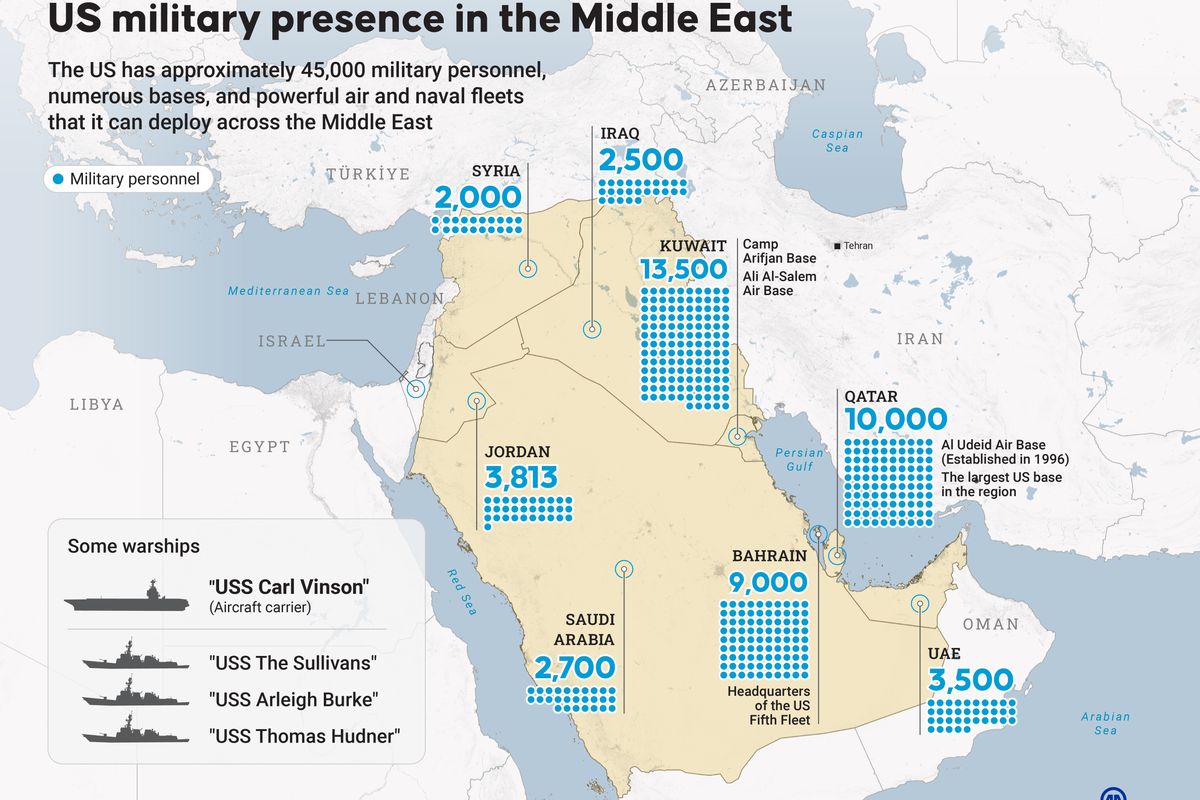How can the military fund its current forces while preparing for the future? There’s no simple answer to such a question. 2016 was a mixed bag for America’s military planning and largest procurement programs.
Readiness assessments for the branches of the armed forces show they are falling behind in key areas. In 2016, the F-35, B-21 Raider, Columbia Class ballistic missile submarine, and Ford class supercarrier all made progress towards development goals or combat readiness, but none without controversy. Be it production delays, poor testing performance, or debates over the high cost of cutting edge technology, the problems faced by these programs underscores the major theme of the U.S.’ defense planning: increasing, competing needs for scarce funding.
Military Readiness
In 2016, the readiness of U.S. service branches either remained at a passable level or degraded compared to 2015. In both outcomes, the lack of improvement largely stemmed from the lingering effects of the 2013 budget sequestration or the continued deployment of U.S. forces in conflicts abroad.
The debate over readiness is not about whether the armed forces do or do not need to improve, but rather over the degree of the problem. Maintaining and improving readiness is a perennial task with no finish line, and so long as the budget is tight and combat expectations high, readiness will continue to be an issue for warfighters and policymakers alike.
Defense Acquisitions
In general, 2016 saw movement forward on the military’s major defense acquisitions programs, though each one faces major hurdles on its way to deployment, be it securing future funding for nascent programs like the B-21 Raider strategic bomber and Columbia Class ballistic missile submarine, or deploying on time, a major concern for the Navy’s Ford Class supercarrier and the F-35 jet fighter.
The nascent programs—the B-21 and Columbia sub—are in the early stages of development but are sorely needed to replace aging legacy systems, some of which, like the B-52 bomber, have been in service for over 50 years. The research and development budgets are high. For example, the Navy is requesting nearly $1.9 billion in advanced procurement and R&D funding for the 2017 fiscal year for the new submarine, which would enter service in 2021 at the earliest.
The more mature programs—the F-35 and the Ford aircraft carrier—have passed the development stage, but have still faced deployment delays. It is possible that neither will reach their originally planned production numbers due to disagreements over high procurement costs.
The F-35’s largest customer, the U.S. Air Force, declared the plane combat ready in August of this year and purchasers are now beginning to take delivery. This has decreased production time for each individual 5th generation aircraft as well as the cost per plane. Despite improvements in the F-35 program, however, the time and budget overrun of the overall program has caught the attention of President-elect Donald Trump, who has publically criticized its faults and may seek to cut production numbers in a – likely to be ineffective – effort to cut costs.
The U.S.S Gerald Ford, whose entry into service was scheduled for March of 2016 has been pushed to an unknown date in 2017 due to technical problems.
Many in congress, with chairman of the Senate Armed Services Committee Senator John McCain at the forefront, oppose the high costs of these programs. In combination with the views of the incoming president, all of these programs could be under higher budgetary scrutiny. However, with no substitutes for these advanced combat platforms, and legacy systems aging by the day, cutting or deferring costs now is likely to hamper the future capability and readiness of U.S. forces.
The Third Offset
2016 was an important year for the Pentagon’s Third Offset initiative which seeks to maintain the U.S.’s qualitative advantage over adversaries into the 21st century. The technologies that underpinned U.S. military might over the past decades—precision guided munitions, GPS navigation, and networking technologies—have become cheaper and more widespread among forces worldwide, undermining the U.S. advantage.
To place the U.S. on a path to a new technological offset, Secretary of Defense Ash Carter has pushed for a more innovative culture in the Pentagon. Chief among these initiatives is DIUx (Defense Innovation Unit-Experimental) which seeks to apply the agile and innovative organizational culture of Silicon Valley towards the mission goals of the Pentagon. This year, two more branches of DIUx opened in other innovation hubs, Boston, MA and Austin, TX. While DIUx is a promising concept, it is a very new one that has yet to produce concrete results and is tied to the Obama administration’s legacy. The incoming Trump administration could end or redesign the program to match its own concept for the future of the U.S. military.
2017 in Defense Acquisition
Matching the military capabilities needed now and the capabilities needed for the future with a budget has always been a difficult task, but especially so with the restrictions added by sequestration. The final Defense Department budget submitted by the Obama administration for Fiscal Year 2017 was $523.9 billion, representing a slight decrease from the year before when adjusted for inflation, and maintaining the minimal growth seen in the defense budget since 2013.
Simultaneously, the U.S. entered its fifteenth year at war while trying to develop and procure no fewer than five major platforms for the future. The misalignment between funding and requested capabilities is a future debt that cannot be paid with dollars, only in preparedness for future conflict.
In 2016, The Cipher Brief examined the trends of U.S. procurement and military readiness, and today we revisit the case for the F-35 as a qualitative advantage over previous jet fighters from the perspective of former Marine Corps pilot of the F-35 Lieutenant Colonel David Berke, and the state of readiness in the United States Air Force from retired Lieutenant General David Deptula.
Will Edwards is an international producer at The Cipher Brief. Follow him on Twitter @_wedwards.









